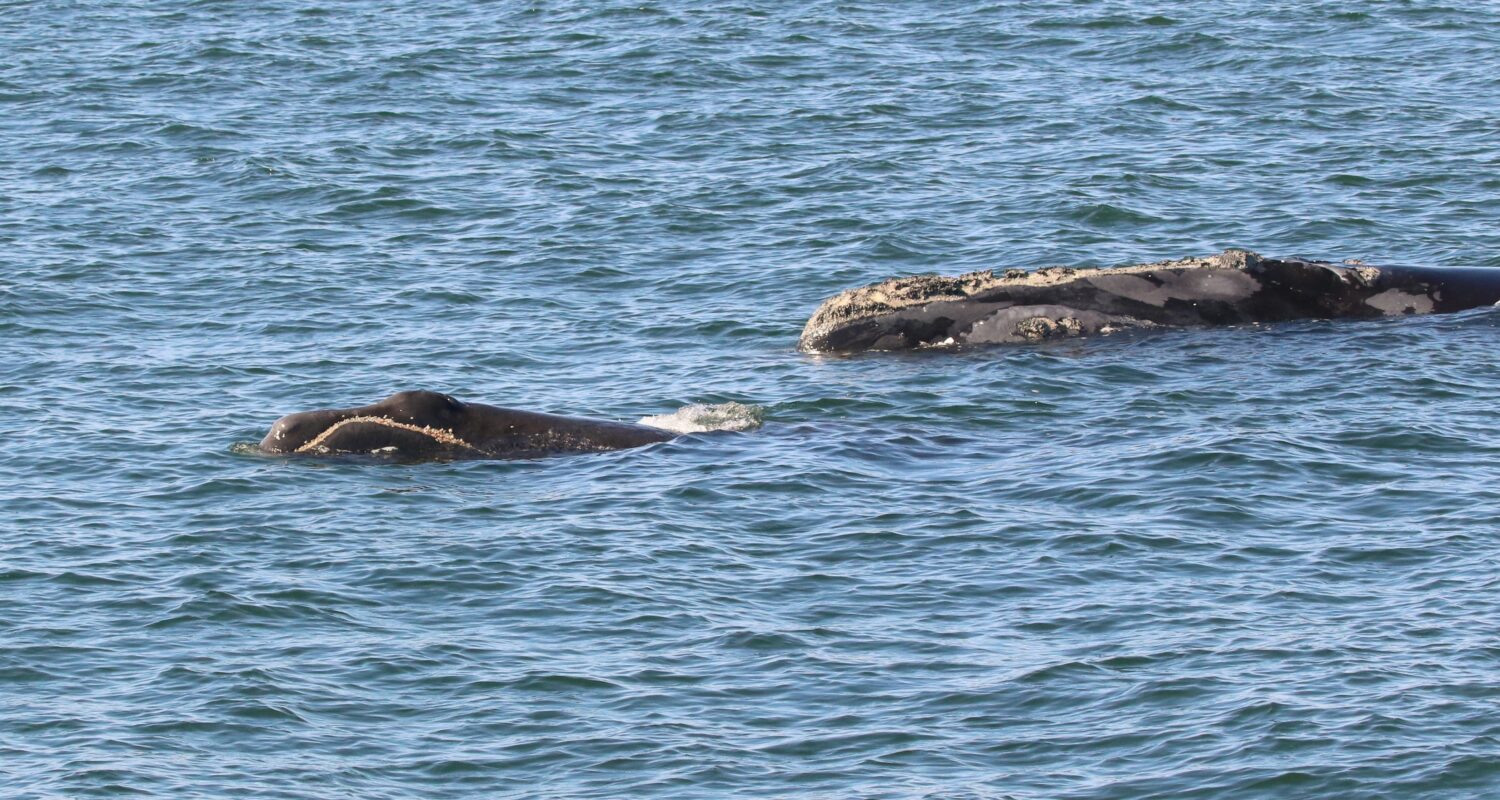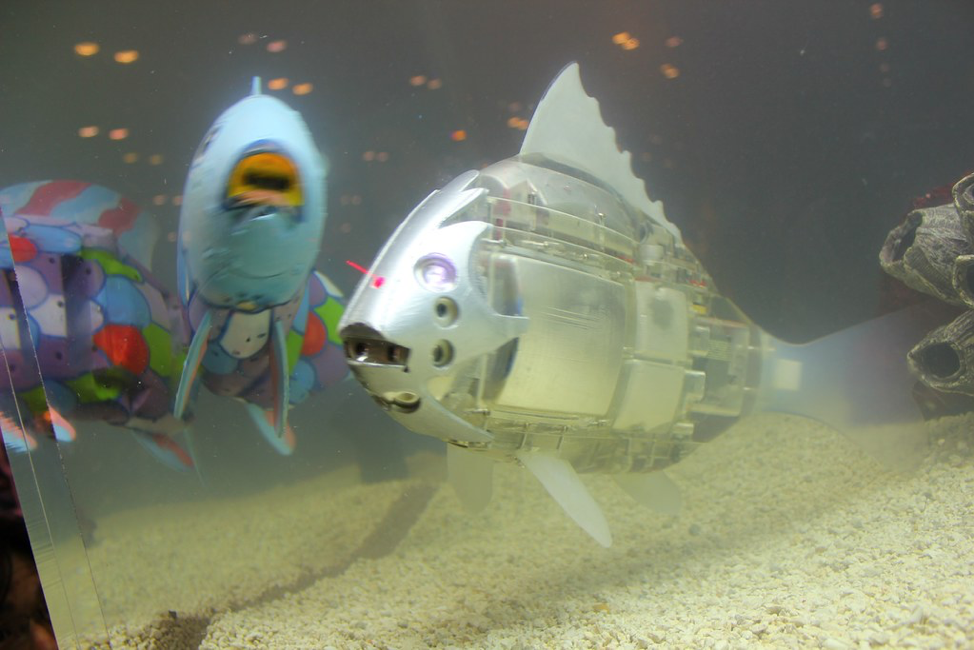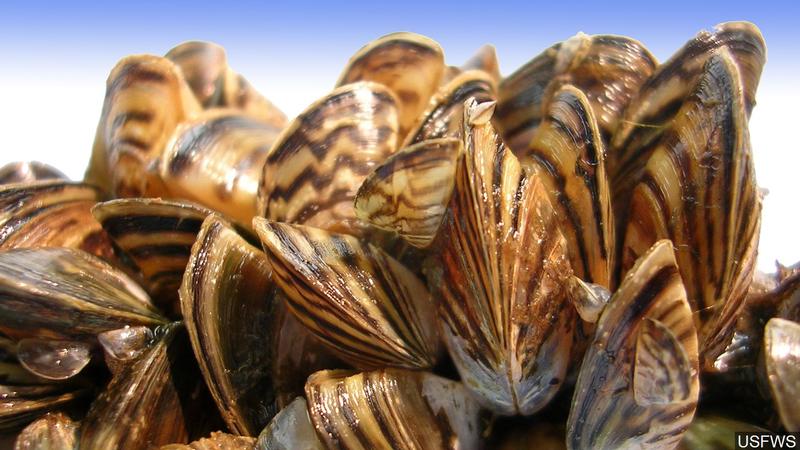Stewart, J. D., Durban, J. W., Fearnbach, H., Hamilton, P. K., Knowlton, A. R., Lynn, M. S., … & Moore, M. J. (2022). Larger females have more calves: influence of maternal body length on fecundity in North Atlantic right whales. Marine Ecology Progress Series, 689, 179-189.
There’s a scene in Finding Nemo where Dory, a bright blue tang, attempts to speak whale, singing and mooing exuberantly, but ultimately making no headway in understanding the whale’s song. If we could understand the songs of North Atlantic right whales, we might be able to know exactly why their populations are declining. Since 2011, the number of North Atlantic right whales has decreased from 481 to about 360 whales, and birth rates are at a forty year low. Because we, like Dory, can’t speak whale, scientists are looking at the physical size of North Atlantic right whales to understand what may be causing the dip in birth rates.
Size Matters
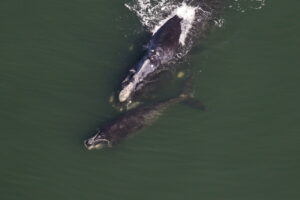
Scientists looked at aerial pictures taken of female North Atlantic right whales from 2000-2019 and used them to estimate the length of the whale. They also documented when these whales were spotted with calves, noting the age at which the female whales first gave birth, the average time in between each birth, the total number of times the whales gave birth, and the number of births per “reproductive year” (or the total number of births from the whale divided by the number of years the whale was old enough to reproduce).
Overall, the size of female whales matters. Larger females gave birth more frequently, whereas smaller females took more time between the birth of each calf. However, the body lengths of North Atlantic right whales have been decreasing on average since 1981, meaning that female whales have not been growing as large as their grandmothers or mothers. In summary, the current, younger generation of North Atlantic right whales are both smaller and less productive than before. It isn’t possible to use body length and number of calves alone to fully determine if we are seeing cause and effect or just a correlation; whale reproduction is complicated and governed by many factors, but both trends together point to whales being stressed.
Healthy Mom, Healthy Baby
There are a number of factors that go into the size of whales, but in recent years, whales have had to contend with an increasing number of physically stressful interactions with boats and fishing gear. More whales are dying after getting hit by boats, or drowning after they get entangled in fishing lines. Even if a whale has a run-in with a boat or a net and doesn’t die, there is still a physical toll on the animal. Recovering from a stressful experience takes energy which otherwise could be diverted to growth and reproduction, which could be contributing to the smaller size of North Atlantic right whales today.
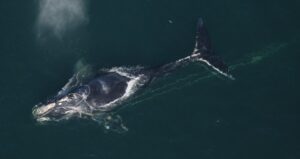
Additionally, the size of a whale and how many calves she has may work like a feedback loop. The larger and healthier a mother whale is, the faster her baby tends to grow and the larger they will get. This makes sense – a healthy mom is better able to take care of her baby, whether through milk production or protection and care. Additionally, larger whale mothers are able to recover faster after having a baby, meaning they can reproduce sooner. Birth, feeding, and raising a whale calf are physically taxing, and if a mother whale is already small and stressed, reproducing is harder on her body and she will need more time to recover.
What’s Next?
The scientists stress that there are many factors that contribute to reproduction and what they found cannot be used to predict how many babies a whale will have. For example, North Atlantic right whales tend to reproduce more when there is more food to eat, meaning they are in better physical shape. The whales’ preferred prey, a small plankton called Calanus finmarchicus, fluctuates over time, but the study covered times when there was high (the 1980s and the 2000s) and low prey availability (1990s and 2010s). Even with this in mind, this study only points out current trends: that females are getting smaller, and smaller females are having fewer babies.
To help North Atlantic right whales, we can minimize their stress from contact with boats and fishing lines. Some places are already leading the charge, with Massachusetts passing new legislation aimed at reducing fishing lines from lobster traps when right whales migrate through state waters with their calves. This should reduce the chances of the whales getting tangled. Maybe with fewer lines to contend with and less stressful lives, right whales will be able to focus on growing, not only in number but in size.
Featured image free to share with attribution from Georgia Wildlife Resource’s Photostream.
I am a PhD student studying Biological Oceanography at the University of Rhode Island Graduate School of Oceanography. My interests are in food webs, ecology, and the interaction of humans and the ocean, whether that is in the form of fishing, pollution, climate change, or simply how we view the ocean. I am currently researching the decline of cancer crabs and lobsters in the Narragansett Bay.

